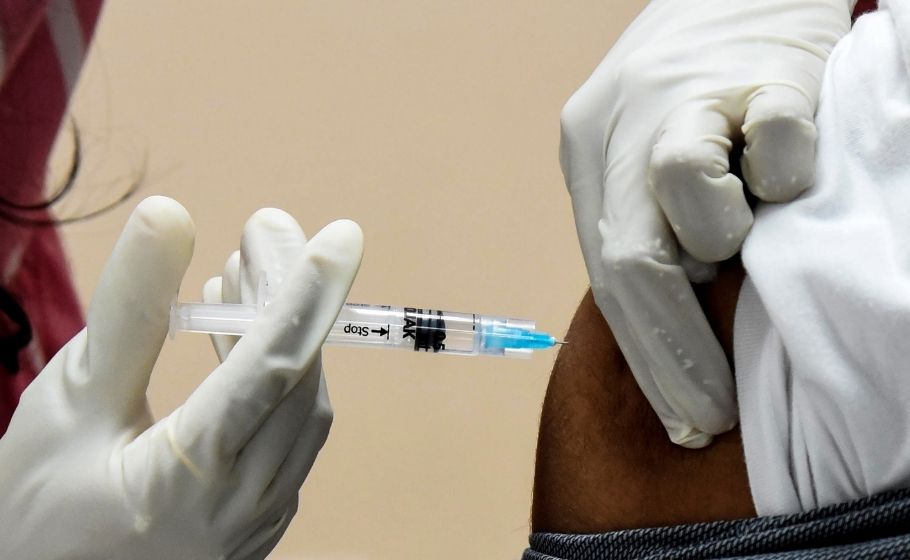
IIT Kanpur team lists out three possible COVID 3.0 scenarios
An IIT team has predicted the outcome of the COVID third wave under 3 different scenarios, the worst-case being new variants leading to a peak in September

While a third wave of COVID in India is seen almost as a given, researchers at the Indian Institute of Technology, Kanpur (IIT-K) have gone a step ahead and come out with statistics-based predictions on how the pandemic is likely to pan out.
According to the researchers, led by professors Rajesh Ranjan and Mahendra Verma, the third wave will peak in September-October this year. In the worst-case scenario, daily cases could peak at over 5 lakh cases a day in September, said the team.
Third wave predictions –
Scenario 1(Back-to-Normal) : Third wave peak in October, lower peak height.
Scenario 2(Normal with virus mutations): Peak could be higher, may appear by September.
Scenario 3(Stricter interventions): Could be delayed until late October.— IIT Kanpur (@IITKanpur) June 21, 2021
“There is a significant anxiety among policy makers and public about the third wave,” said a press statement from the researchers. “For the same, using the SIR (susceptible-infected-recovered) model, we have constructed the following three scenarios of a possible third wave using the epidemic parameters of the second wave. We assume that India is fully unlocked on 15 July.”
The three scenarios are:
Scenario 1 (Back-to-normal): Where restrictions are lifted, possibly mid-July, the team predicts a peaking of the third wave in October. This peak height will, however, be lower than that of the deadly second wave. It will likely see up to 3.2 lakh cases a day.
Scenario 2 (Normal, with virus mutations): Here, the researchers assume new and more potent variants of the COVID virus to emerge. This apart, if there are no lockdowns in place, the peak could be deadlier than the second wave and appear earlier, in September. According to the IIT-K team, this is the worst-case scenario, as the number of new daily infections could be as high as 5 lakh.
Scenario 3 (Stricter interventions): Assuming that the governments across the country implement strict social distancing norms, the peak of the third wave could be delayed until late October. Here again, the peak is likely to be lower than the second wave, said the researchers.
Model limitations
The prediction model adopted by the IIT-K team has certain limitations. Primarily, it doesn’t take the effect of vaccination into account. Considering that vaccination breaks the chain of transmission and can therefore substantially arrest the contagion, its exclusion in the SIR model may have a big impact on the accuracy of the prediction. The researchers are said to be working on including the impact of vaccination in the model.
Watch: This is how India achieved record vaccination of 80 lakh doses
Further, the SIR model assumes that the entire population is equally susceptible to the virus. This, again, is known to be untrue, as immunity levels have a significant impact on susceptibility to infection.
The model also assumes the population is ‘closed’, with zero migratory flow into or from the country, and that births and deaths alone are responsible for changes in the population. This, again, is not possible, since inbound and outbound air travel is being allowed this year, unlike during last year’s lockdown.


